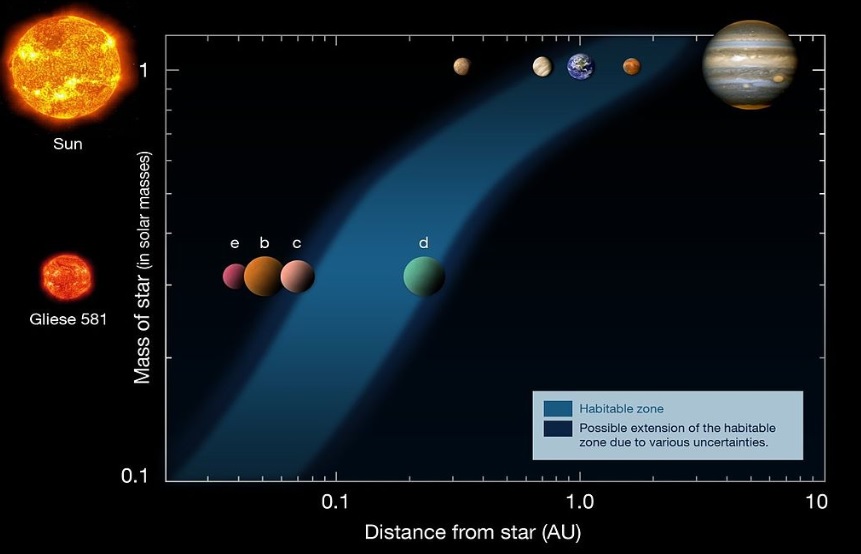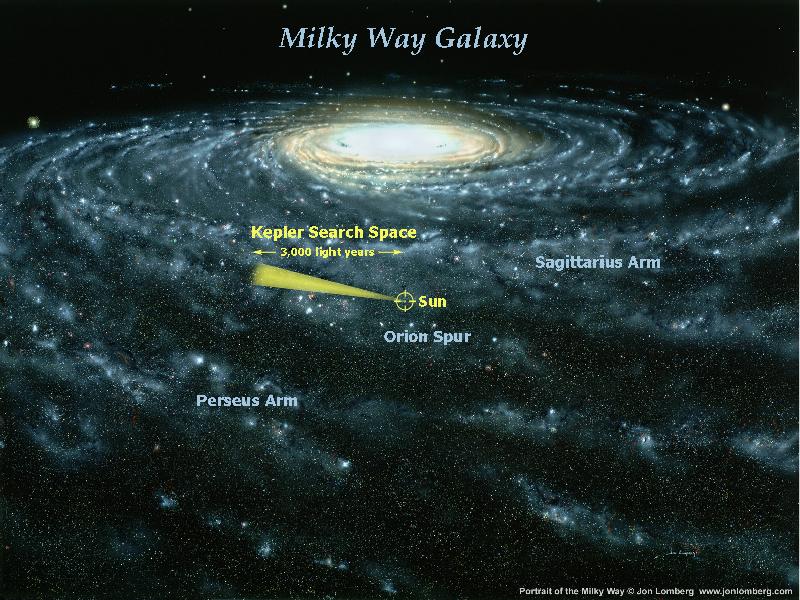


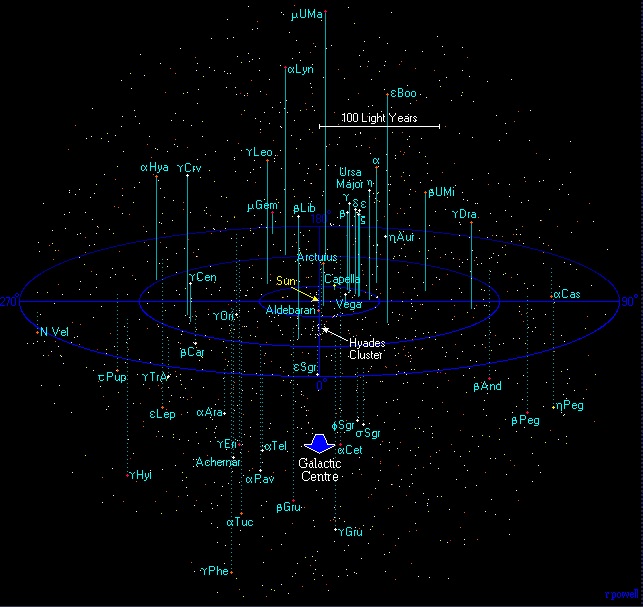
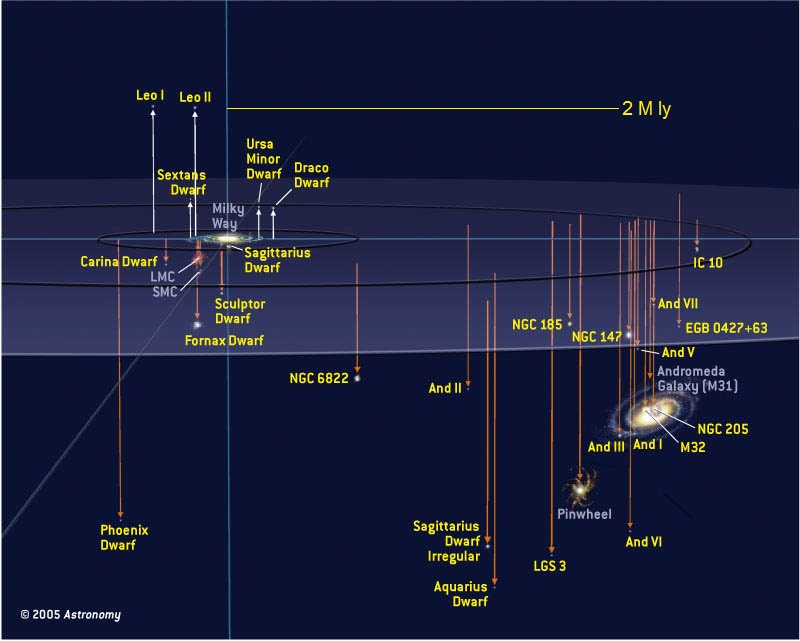

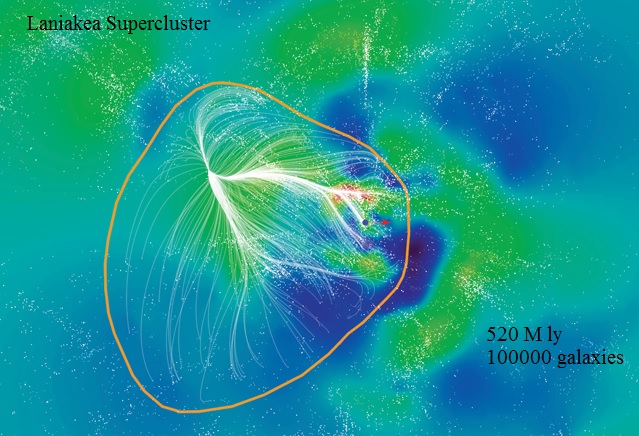
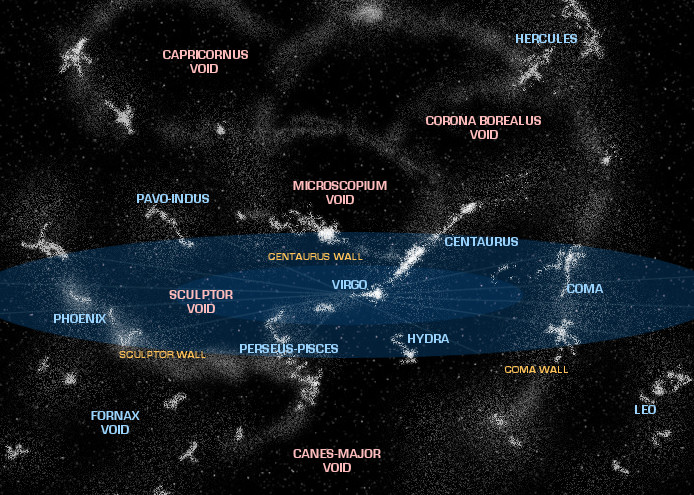
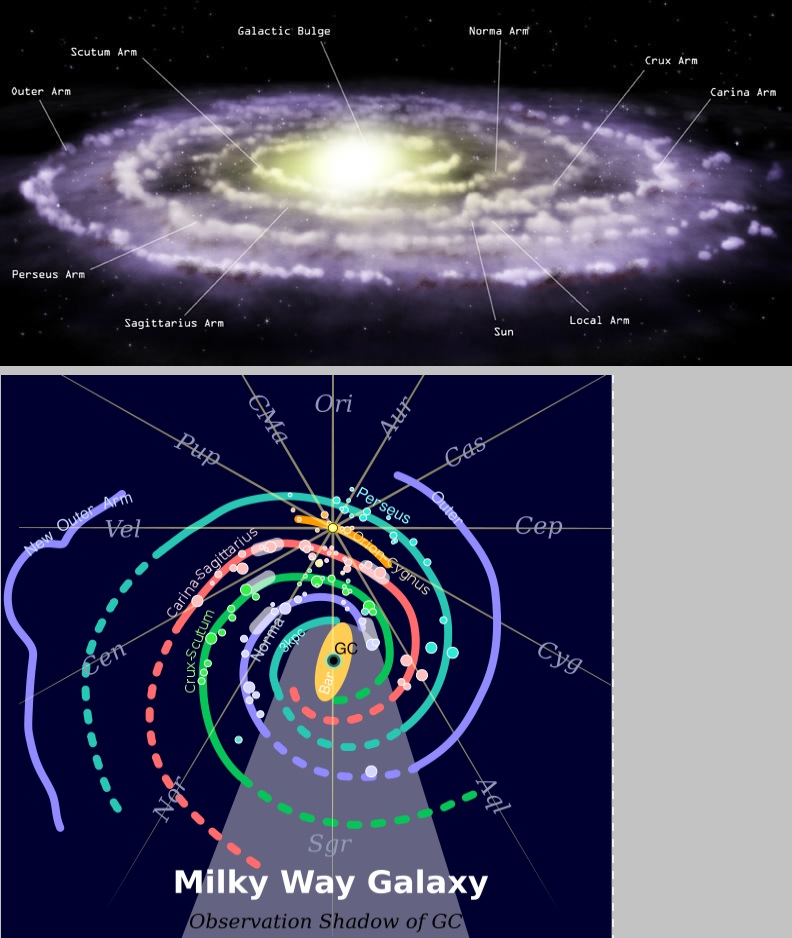
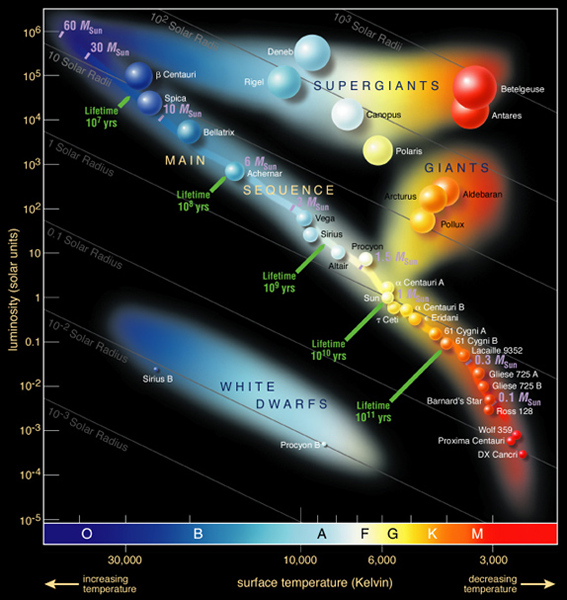
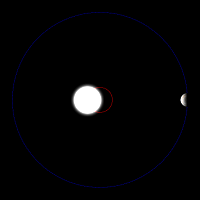


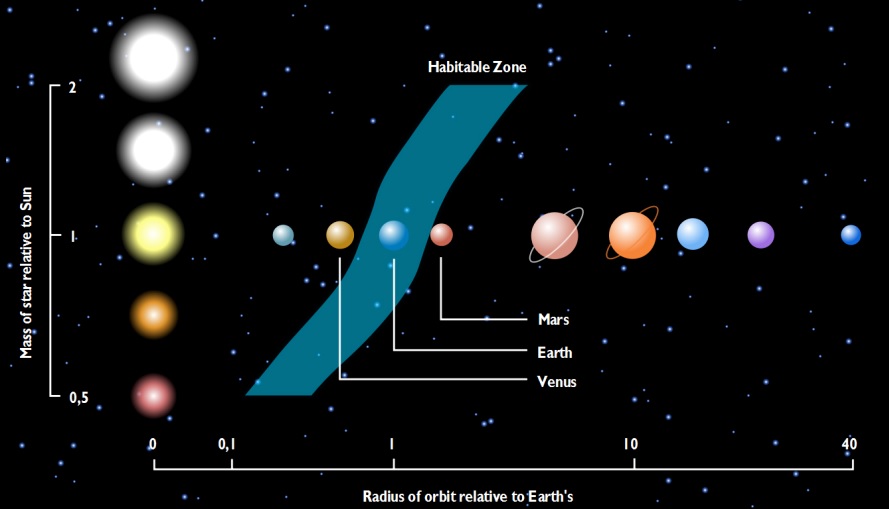
| Star: | Kepler 444. |
| Mass: | about 0.76 x Mass of the Sun. |
| Age: | about 11.2 G years. |
| Spectral Type: | Orange main sequence star of spectral type K0. |
| Planets: | 5 sofar: Kepler-444 b,c,d,e,f. |
| Properties of the Planets: | They range in size, the smallest comparable to the size of Mercury, and the largest to Venus. All five planets orbit their sun-like star in less than ten days. |
| Distance of Kepler-444: | 117 ly |

| Star: | Gliese 581 |
| Mass: | about 0.33 x Mass of the Sun. |
| Age: | Somewhere between 7 and 11 Gy. |
| Spectral Type: | Red dwarf with spectral type M3V (M type). |
| Planets: | 3 sofar: Gliese 581 b,c,e. Possibly more. |
| Distance of Gliese 581: | 20 ly |
